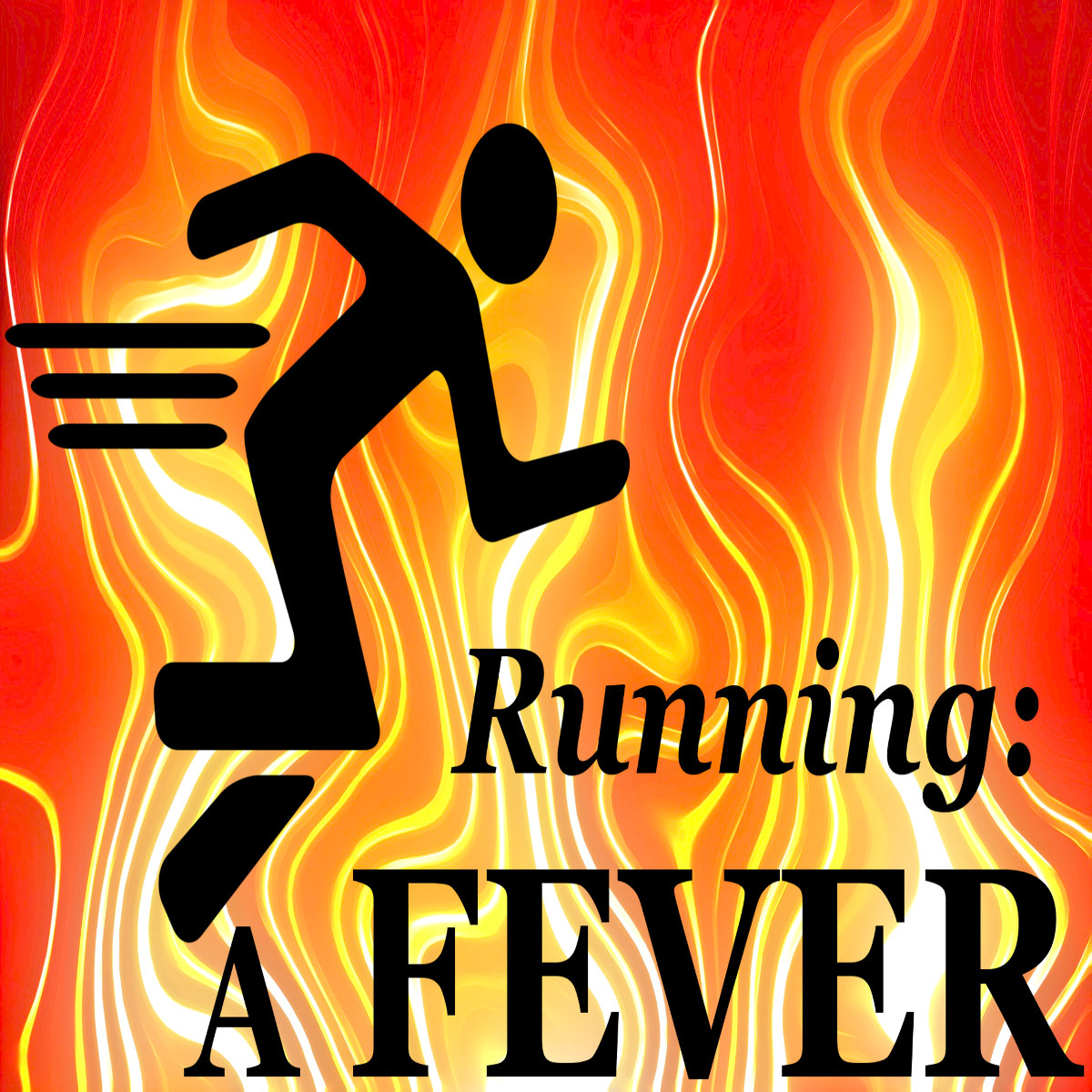In the midst of everything we’re doing and experiencing and all the bad news, it’s easy to forget that many thousands of people have recovered after being sick with the COVID-19 virus. That being the case, we should have some information on any residual effects of the disease.
Not much is known, however, and experts are saying there just isn’t enough information available yet.
One study found lung damage resulting in a drop in lung capacity of 20%-30% in some people who have recovered.
It is possible that COVID-19 symptoms such as loss of senses of smell and taste, headaches, impaired consciousness, and stroke may indicate that the virus can cause nerve damage. Any respiratory illness can impact brain function due to a reduction in oxygen supply.
Stroke seems to be occurring more often in patients who have had COVID-19, and other associated illnesses can have long-term effects, though they aren’t directly related to COVID-19. It just seems that the virus makes these diseases worse because of its effect on the respiratory system.
COVID-19 causes Acute Respiratory Distress Syndrome (ARDS) which is a buildup of fluid in the alveoli in the lungs, limiting ability to exchange carbon dioxide for oxygen. The aftermath of this syndrome can involve:
-Limited lung capacity
-Psychiatric issues such as PTSD, depression, cognitive impairment, and anxiety due to the trauma of the illness and treatment.
-Kidney complications which could lead to a need for long-term dialysis
-Poor conditioning due to limited lung and/or organ function.
An advisor to the show told me that inflammation is a key factor in COVID-19, and this affects other organs including the kidneys, which may require dialysis as a treatment.
Children with COVID-19 can also later develop Pediatric Multisymptom Inflammatory Syndrome, or PMIS, which can be fatal.
And keep in mind that most patients who die with COVID-19 (97%) have what are called comorbidities, other causes of death, attributed to pre-existing conditions like high blood pressure, diabetes, cardiovascular disease and respiratory illnesses such as COPD. The average person dying with COVID-19 has 2.7 diseases.
Honestly, real analysis from real data is just hard to find right now. But there is good news. The National Heart, Lung, and Blood Institute (NHLBI), one of the National Institutes of Health (NIH), is conducting a large study of hospitalized COVID-19 patients called the CORAL study. It started in June. So keep an eye out for results.
References:
https://en.wikipedia.org/wiki/Coronavirus_disease_2019#Complications_and_long-term_effects
https://newsnetwork.mayoclinic.org/discussion/mayo-clinic-expert-discusses-potential-neurological-effects-of-covid-19/
https://www.bannerhealth.com/healthcareblog/teach-me/what-long-term-effects-could-covid19-have-on-your-lungs
https://www.nhlbi.nih.gov/news/2020/looking-forward-understanding-long-term-effects-covid-19
